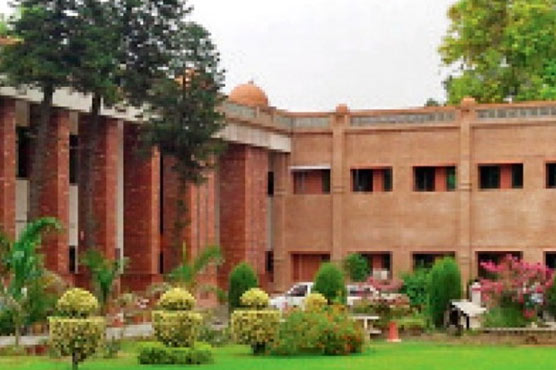Pakistan’s e-commerce market is estimated to have expanded to Rs. 234.6 billion in the financial year 2019-20, showing a growth of 55.5 percent on a year-on-year basis, according to a report published by the State Bank of Pakistan (SBP).
The transaction of the e-commerce comprises of Cash-on-Delivery (CoD), which stood at Rs. 140.7 billion, whereas payments through digital means stood at Rs. 93.8 billion.
The reduced working hours and restricted mobility made it challenging for people to access avenues such as general stores and shopping centers. Therefore, consumers shifted towards e-commerce, mainly since the authorities allowed logistic services to operate under the standard operating procedures (SOPs).
Besides, various megastores and shopping centers have either shifted to or expanded their e-commerce platforms for providing their services to customers while maintaining the social-distancing.
However, it seems that the e-commerce industry was not ready to cater to a sudden surge in customer demand due to the COVID-19 crisis.
As a result, a large number of orders were reportedly canceled, and refunds were either not processed on time or were indefinitely delayed.
Since digital payment-based orders are processed on a pre-payment model as opposed to a post-payment model in the case of COD, customers have swayed away from digital payments and towards cash settlement, as they could minimize their risk by holding the payments until order completion.
On the other hand, most of the existing non-retail e-commerce players with digital payment options had to suspend their operations due to restrictions in major cities.
For instance, restaurants had to suspend operations in the initial days of lockdowns, which might have caused a dip in food deliveries.
Likewise, there were restrictions on pillion-riding and ride-hailing services in some cities, causing the overall volume of digital e-commerce sales to fall.
The e-commerce market has shown impressive growth over the past few years. Increasing digital penetration, lower costs, and increased awareness about electronic commercial platforms have led to a significant shift in consumer purchasing patterns over the years.
While similar infrastructure exists for business-to-business (B2B) exchanges, such interactions have so far been rather confined to logistics services. In overall terms, the estimated e-commerce sales in Pakistan have grown at a Compound Annual Growth Rate (CAGR) of 62 percent during FY17-19.
Furthermore, the focus of e-commerce platforms on enhancing the customer experience via feedback and rating mechanism has helped build customers’ trust while forcing sellers and vendors to improve their service delivery and product quality.
Although cash on delivery remains the most preferred mode of payment, the use of debit and credit cards and IBFT has also increased in both volume and value terms during this period.
This progress has continued during FY20 as well, whereas a significant development during the first three quarters was a notable surge in Mobile wallet payments with e-commerce merchants.
Anecdotal evidence also points towards marketplaces as well as one-to-many digital outlets leveraging on the expanding mobile wallets ecosystem to attract customers by occasionally offering special discounts.
Continue Reading

